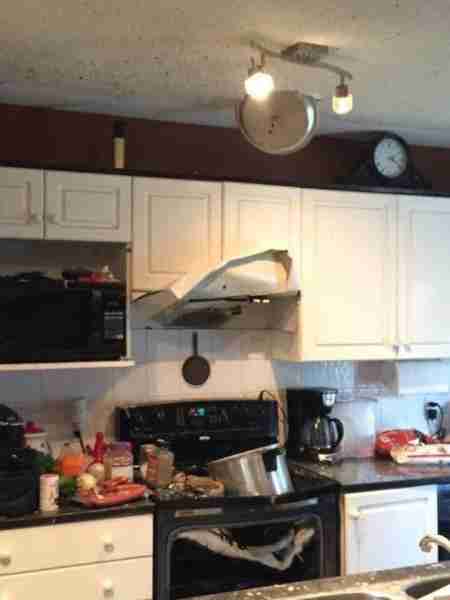
Pressure Cookers
I have been using pressure cookers for years for regular cooking and canning. Pressure cookers are safe when used correctly. They are designed with multiple safety features like pressure release valves and locking lids to prevent accidents. However, like any appliance, improper use can lead to issues. It is a very safe method as long as following the proper guidelines. If pressure cooking is something that you are interested in, then it is worth it to consider a stovetop pressure cooker because it will give you tender, flavorful meat dishes that are superior in quality and done faster. An electric pressure cooker is better for convenience and ease but doesn’t render the same results as far as flavor goes.
Pressure cooking is generally a healthy cooking method because it retains more nutrients than boiling and other long-cooking methods, reduces cooking time, and can destroy harmful compounds like lectins. While there are potential concerns like the formation of acrylamide in some starchy foods and nutrient loss into cooking liquids, these are often outweighed by the benefits and can be mitigated by proper use and food choices.
Health Benefits of Pressure Cooking
Greater Nutrient Retention: The shorter cooking times and contained, humid environment of a pressure cooker minimize s the loss of water-soluble vitamins and minerals, preserving up to 90-95% of nutrients compared to other methods.
Reduced Cooking Time: Pressure cooking significantly shortens the cooking process, making it a convenient and efficient way to prepare meals, which is beneficial for those with busy lifestyles.
Removal of Harmful Compounds: High heat and pressure can help eliminate antinutrients like lectins and phytic acid, which are found in foods like beans and grains, making them more digestible.
Increased Digestibility: The intense heat breaks down complex carbohydrates and proteins, making foods easier to digest.
Potential Downsides and Considerations
Nutrient Loss to Liquid: While overall retention is high, some water-soluble nutrients can still leach into the cooking liquid, so consuming the liquid in dishes like soups and stews is recommended.
Formation of Acrylamide: In certain starchy foods, the high heat and short cooking time can lead to the formation of acrylamide, a potentially harmful chemical.
Food Choice and Equipment: Pressure cookers may not be the best choice for preserving delicate, vibrant vegetables like broccoli, notes Cleveland Clinic Health Essentials. Also, ensure your pressure cooker is made from a safe material like stainless steel to avoid leaching.
The Presto 8-Quart: Is a good starting point for those curious about pressure cooking, this stainless steel pot is affordable and provides good results for basic pressure cooking tasks like sautéing and searing. This was the first one that i purchased and I still use today along with a much larger one too.
Why Choose a Stovetop Pressure Cooker?
Higher Pressure: Stovetop models generally achieve higher pressure than electric ones, leading to faster cooking times.
Durability: High-quality stainless steel stovetop models are known to last for decades due to their simpler construction.
Size Variety: You can find a wider variety of sizes available in stovetop models.
Factors to Consider
Material: Invest in a good-quality stainless steel cooker, as aluminum ones can warp and wear out over time.
Features: Look for models with clear pressure indicators and convenient, easy-to-use pressure release mechanisms.
Heat Distribution: An even base for efficient heat conduction is important for successful sautéing and searing.
How to choose a stovetop pressure cooker?
What features to look for
1- Steam-release valve. This is a valve you can turn to release steam, which means you don't have to carry the pressure cooker to the sink or allow extra cool-down time at the end of cooking.
2- Locking mechanism. ...
3- Pressure indicator. ...
4- Pressure settings. ...
5- Size.
In Summary:
Pressure cooking is a healthy and efficient cooking method that offers significant benefits for nutrient retention and food preparation. By balancing its use with other cooking techniques and choosing appropriate foods, you can effectively incorporate it into a healthy diet, according to Cleveland Clinic.
Know what you are doing when you are canning using a pressure cooker. The lid is in the ceiling.
Image source unknown.
#pressurecookers #tamishomeandpantry